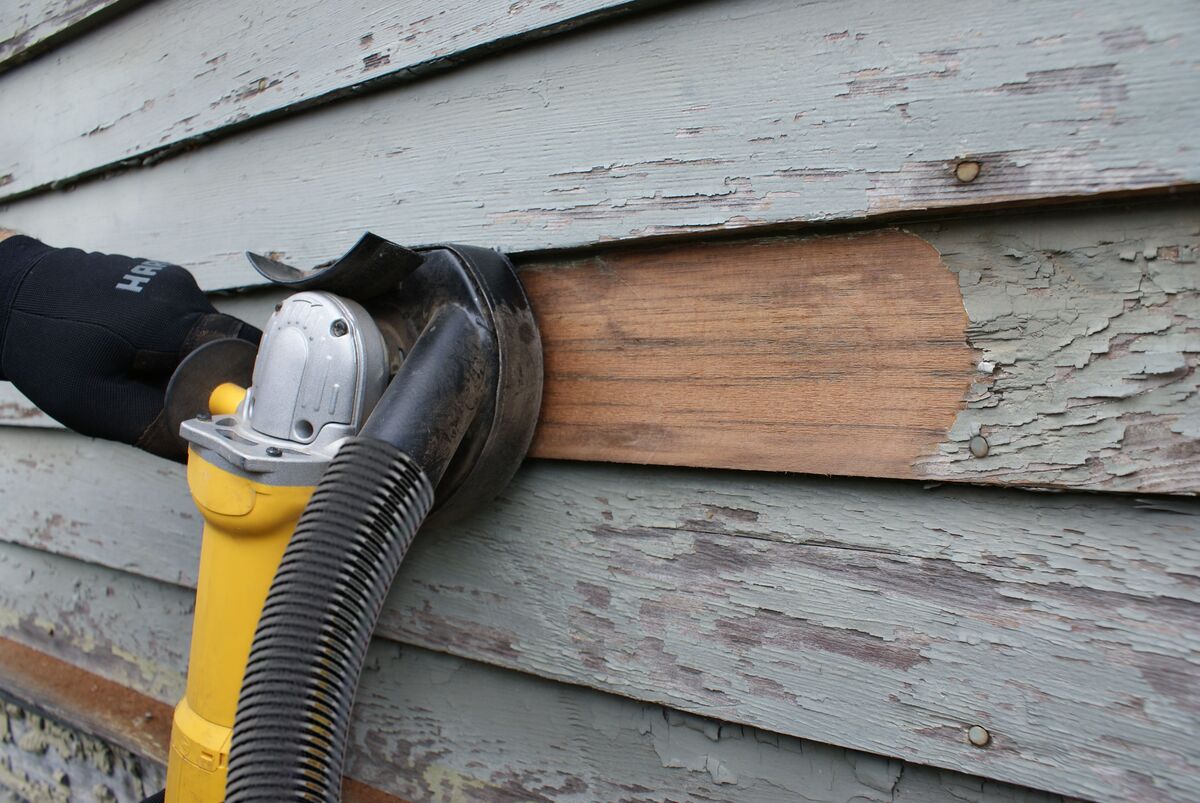

Articles
How To Remove Old Paint From Wood Siding
Modified: January 7, 2024
Learn effective techniques for removing old paint from wood siding in this informative articles. Safely restore your siding's natural beauty and improve your home's curb appeal.
(Many of the links in this article redirect to a specific reviewed product. Your purchase of these products through affiliate links helps to generate commission for Storables.com, at no extra cost. Learn more)
Introduction
When it comes to maintaining the appearance and integrity of your wood siding, removing old paint is an essential task. Over time, paint can fade, chip, and peel, leaving your siding looking worn and unattractive. Whether you want to repaint your wood siding or expose the natural wood grain, properly removing old paint is crucial.
In this article, we will explore several methods for removing old paint from wood siding. Each method has its own benefits and considerations, so you can choose the one that suits your needs and preferences.
Before diving into the various methods, it’s important to highlight the importance of safety precautions. Working with paint and chemicals requires careful attention to protect yourself and others. Remember to wear protective gear, such as goggles, gloves, and a dust mask, and work in a well-ventilated area.
Now, let’s explore the tools and materials you will need to undertake this project.
Key Takeaways:
- Prioritize safety by wearing protective gear and working in a well-ventilated area when removing old paint from wood siding. Consider the condition of the paint and choose the most suitable removal method for your needs.
- Whether you opt for scraping, using a heat gun, chemical paint strippers, or power washing, follow the provided tips and work patiently to achieve successful paint removal. Consider professional help if needed for a smoother process.
Read more: How To Remove Old Linoleum From Wood Floor
Safety Precautions
Before you begin removing old paint from wood siding, it is crucial to prioritize your safety and the safety of those around you. Taking precautionary measures will minimize the risk of accidents and potential health hazards associated with the removal process.
Here are some safety precautions to keep in mind:
- Wear protective gear: Always wear goggles, gloves, and a dust mask to protect your eyes, hands, and respiratory system from dust, debris, and fumes.
- Work in a well-ventilated area: Ensure that the area where you are removing the paint has proper ventilation to minimize the inhalation of fumes or chemical odors. If necessary, use exhaust fans or open windows and doors to improve air circulation.
- Keep children and pets away: For their safety, keep children and pets away from the work area to prevent accidental exposure to hazardous materials or tools.
- Use proper ladder safety: If you need to work at elevated heights, use a sturdy ladder and make sure it is on a stable surface. Avoid overreaching or leaning too far to maintain balance and prevent falls.
- Avoid open flames: If you’re using heat guns or torches to remove paint, exercise caution to prevent accidental fires. Keep a fire extinguisher nearby and never leave open flames unattended.
- Dispose of waste properly: Follow local regulations for the disposal of paint chips, dust, and any chemical waste. Avoid contaminating the environment by properly sealing and disposing of any waste materials.
By taking these safety precautions, you can ensure a safer and more efficient paint removal process. Now, let’s move on to the tools and materials you’ll need for the job.
Tools and Materials Needed
Before you begin removing old paint from wood siding, gather the necessary tools and materials to ensure a smooth and successful process. Having the right equipment at hand will make the job easier and more efficient.
Here are the essential tools and materials you will need:
- Scraper: A sturdy paint scraper with a comfortable grip is essential for manually scraping off old paint from the wood surface. Look for a scraper with multiple edges or replaceable blades for convenience.
- Heat gun: If you choose to use heat to remove the paint, a heat gun is a must-have tool. It will help soften the paint, making it easier to scrape off. Opt for a heat gun with multiple heat settings to adjust the temperature according to the paint type and thickness.
- Chemical paint stripper: For more stubborn or multiple layers of paint, a chemical paint stripper can be effective. Make sure to choose a stripper that is suitable for wood surfaces and follow the instructions carefully.
- Power washer: If you decide to use the power washing method, a reliable power washer will be necessary. Look for a washer with adjustable pressure settings to avoid damaging the wood siding.
- Protective gear: As mentioned earlier, wearing protective gear is essential. Invest in safety goggles, gloves, and a dust mask to protect yourself from dust, fumes, and potential chemical exposure.
- Dust sheets: Cover the surrounding area with dust sheets or plastic tarps to catch any debris or paint chips. This will make cleanup easier and prevent contamination.
- Bristle brushes and paint rollers: After removing the old paint, you may need to clean the wood surface and prepare it for repainting. Bristle brushes and paint rollers will come in handy for this step.
- Sandpaper: Depending on the condition of the wood siding, you may need sandpaper to smooth out any rough areas or remove residual paint.
- Paint and primer: If you plan to repaint your wood siding after removing the old paint, you will need paint and primer suitable for exterior wood surfaces. Choose high-quality products to ensure a long-lasting and professional finish.
Ensure that you have all the necessary tools and materials ready before you start the paint removal process. This will save you time and make the task more efficient. Now that you have your tools and safety precautions in place, let’s dive into the various methods for removing old paint from wood siding.
Method 1: Scraping the Paint
One of the most common and straightforward methods for removing old paint from wood siding is by using a scraper. This manual method is effective for smaller areas or cases where the paint is already loose or peeling.
Here are the steps to follow when using the scraping method:
- Start by preparing the work area. Lay down dust sheets or plastic tarps to catch any paint chips or debris that may fall during the process.
- Put on your protective gear, including goggles, gloves, and a dust mask, to safeguard yourself from dust and potential flying paint chips.
- Hold the scraper firmly and at a slight angle against the wood surface. Apply pressure and push the scraper forward, scraping off the old paint.
- Continue scraping the paint, working from top to bottom and left to right. Be careful not to dig too deeply into the wood or apply too much pressure, as this can damage the siding.
- If you encounter stubborn or hard-to-reach areas, use a smaller scraper or a putty knife to remove the paint.
- As you scrape, periodically clear away the loose paint chips from your work area to prevent them from sticking to the scraper and impeding the progress.
- Once you have removed the majority of the old paint, use sandpaper or a sanding block to smooth out any rough spots or remaining paint remnants. This will prepare the wood surface for repainting or further treatment.
- After completing the scraping and sanding process, clean the wood siding with a mild detergent and water solution to remove any dust or residue.
It’s important to note that scraping may not be suitable for larger areas with multiple layers of paint or where the paint is strongly adhered to the wood. In such cases, you may need to consider alternative methods like using a heat gun, chemical paint stripper, or power washing.
Now that you are familiar with the scraping method, let’s move on to Method 2: Heat Gun and Scraper.
Method 2: Heat Gun and Scraper
If you’re dealing with stubborn or thick layers of paint on your wood siding, using a heat gun in conjunction with a scraper can be an effective method for paint removal. The heat softens the paint, making it easier to scrape off.
Here’s how to remove old paint using a heat gun and scraper:
- Prepare the work area by laying down dust sheets or plastic tarps to catch any paint chips or debris.
- Put on your protective gear, including goggles, gloves, and a dust mask, to protect yourself from dust and fumes.
- Set the heat gun to a low or medium temperature, depending on the paint type and thickness. Hold the heat gun a few inches away from the painted surface and move it back and forth to evenly heat the paint.
- As you heat the paint, you will notice it softening and bubbling. Use a scraper to gently and carefully scrape off the softened paint. Be cautious not to scrape too forcefully to avoid damaging the wood.
- Continue heating and scraping small sections of the wood siding at a time, working systematically across the surface.
- If necessary, reapply heat to stubborn areas to further soften the paint before scraping.
- As you scrape, periodically clear away the loose paint chips to maintain your work area and prevent interference with the scrapping process.
- Once you have removed the majority of the old paint, use sandpaper or a sanding block to smooth out any rough spots or remaining paint remnants.
- Before proceeding to the next step or applying new paint, ensure that the wood surface is clean and free from any residue.
Remember, when using a heat gun, exercise caution to avoid overheating the wood or causing damage. Keep the heat gun moving and maintain a safe distance to prevent scorching or scorching the wood.
Now that you know how to remove old paint using a heat gun and scraper, let’s move on to Method 3: Chemical Paint Stripper.
Use a combination of a heat gun and a paint scraper to remove old paint from wood siding. Apply heat to the paint until it softens, then gently scrape it off. Be sure to wear protective gear and work in a well-ventilated area.
Read more: How To Paint Wood Siding
Method 3: Chemical Paint Stripper
If you’re dealing with multiple layers of old paint or stubborn paint that is difficult to scrape off, using a chemical paint stripper can be an effective method. Chemical paint strippers work by breaking down the paint’s bond with the wood surface, making it easier to remove.
Here is how you can use a chemical paint stripper to remove old paint from wood siding:
- Prepare the work area by covering it with dust sheets or plastic tarps to catch any paint chips or chemical residue.
- Put on protective gear including goggles, gloves, and a dust mask to protect yourself from potential chemicals exposure.
- Read the instructions provided by the manufacturer thoroughly and follow them carefully. Different paint strippers may have different application methods and waiting times.
- Apply the chemical paint stripper to the wood siding using a brush or roller, as instructed on the product label. Ensure that you evenly coat the surface with a thick layer of the stripper.
- Allow the paint stripper to sit on the wood surface for the recommended amount of time. This will vary depending on the specific product and the thickness of the paint layers.
- As the chemical paint stripper works, you will notice the paint starting to bubble or lift from the wood surface.
- Use a scraper to gently and carefully scrape off the softened or lifted paint. Work in small sections at a time.
- Continue applying the chemical paint stripper and scraping until you have removed the majority of the old paint from the wood siding. Be sure to follow the product’s instructions for proper disposal of paint chips and residue.
- Once you have removed the paint, use a clean cloth or sponge to wipe down the wood surface with water or a recommended neutralizer to remove any remaining residue.
- Allow the wood siding to dry completely before moving on to the next step, such as sanding or repainting.
It’s important to note that chemical paint strippers may contain harsh chemicals, so it’s crucial to handle them with care and follow the manufacturer’s instructions for safe usage and disposal.
Now that you are familiar with using a chemical paint stripper to remove old paint, let’s move on to Method 4: Power Washing.
Method 4: Power Washing
If you’re dealing with a large area or multiple layers of old paint on your wood siding, power washing can be an efficient method for paint removal. Power washing uses high-pressure water to blast away the paint, revealing the bare wood underneath.
Follow these steps to remove old paint using a power washer:
- Prepare the work area by clearing any obstacles and covering nearby objects with dust sheets or plastic tarps to protect them from the high-pressure water.
- Put on your protective gear, including goggles and gloves, to protect yourself from flying debris and water splashes.
- Connect a suitable power washer to a water source and ensure the water pressure is set at a level suitable for wood surfaces. Too much pressure can damage the wood, while too little may not effectively remove the paint.
- Hold the power washer nozzle at an appropriate distance from the wood siding, usually around 12-18 inches. Start with a wider spray angle and gradually narrow it down to focus the water stream on the painted areas.
- Move the power washer nozzle systematically across the wood surface, working in sections. Keep the nozzle moving continuously to avoid causing damage or leaving marks on the wood.
- You will notice the paint being stripped away by the high-pressure water. Continue power washing until you have removed the majority of the old paint.
- Once the paint has been removed, allow the wood siding to dry completely before moving on to the next step, such as sanding or repainting.
Power washing is a quick and effective method for paint removal, but it requires caution and proper technique to avoid damaging the wood or causing other issues. It is best to follow the manufacturer’s instructions for using your specific power washer model.
Now that you know how to remove old paint using a power washer, let’s move on to some general tips for removing old paint from wood siding.
Tips for Removing Old Paint from Wood Siding
Removing old paint from wood siding can be a challenging task, but with the right tips and techniques, you can achieve great results. Here are some helpful tips to keep in mind:
- Prep the area: Before starting, make sure to prepare the work area by laying down protective sheets or tarps to catch debris and paint chips. This will make the cleanup process easier and prevent damage to nearby objects.
- Choose the right method: Assess the condition and thickness of the paint on your wood siding to determine the most suitable method of removal. For loose or peeling paint, scraping may be sufficient, while thicker or stubborn paint may require heat guns, chemical paint strippers, or power washing.
- Work in sections: It’s often more manageable to divide the work into smaller sections. This allows you to focus on one area at a time, ensuring thorough paint removal and minimizing the risk of overlooking any spots.
- Test the paint: Before using any method, it’s advisable to test a small inconspicuous area of the wood siding to ensure that the paint removal method does not damage or discolor the wood surface.
- Be patient: Removing old paint from wood siding can be a time-consuming task, especially if there are multiple layers or extensive surface area. Take your time, work carefully, and be patient throughout the process to achieve the best results.
- Protect yourself: Always prioritize safety and use appropriate protective gear, such as goggles, gloves, and a dust mask, to shield yourself from dust, debris, fumes, and potential chemical exposure.
- Dispose of waste properly: Follow local regulations for the proper disposal of paint chips, dust, and any chemical waste. Avoid contaminating the environment by sealing and disposing of waste materials responsibly.
- Consider professional help: If you’re not comfortable or confident in removing old paint from wood siding yourself, consider hiring a professional painting or restoration service. They have the expertise and equipment to handle the job efficiently and effectively.
By following these tips, you can ensure a smoother and more successful paint removal process for your wood siding. Once the old paint has been removed, you can proceed with sanding, repainting, or any other desired treatment to restore and beautify your wood siding.
Now that you have a comprehensive understanding of the different methods and tips for removing old paint from wood siding, you’re ready to tackle your next home improvement project. Take your time, stay safe, and enjoy the satisfying results of a freshly rejuvenated wood siding.
If you have any further questions or need more assistance, feel free to reach out. Happy painting!
Conclusion
Removing old paint from wood siding is a necessary step to maintain the appearance and integrity of your home’s exterior. Whether you’re looking to repaint your wood siding or expose the natural wood grain, there are several effective methods to remove the old paint.
In this article, we explored four popular methods for removing old paint from wood siding: scraping, using a heat gun and scraper, chemical paint strippers, and power washing. Each method has its own advantages and considerations, depending on the condition of the paint and your personal preferences.
Before starting any paint removal process, it’s crucial to prioritize safety by wearing the appropriate protective gear and working in a well-ventilated area. Additionally, be mindful of local regulations for the proper disposal of paint chips and chemical waste to minimize environmental impact.
Remember to choose the method that best suits your needs and the condition of your wood siding. For loose or peeling paint, scraping may be sufficient, while thicker or stubborn paint may require the use of a heat gun and scraper, chemical paint strippers, or power washing.
Lastly, we provided some helpful tips to ensure a successful paint removal process, including working in sections, being patient, and considering professional help if needed.
By following these guidelines and employing the appropriate method, you can successfully remove old paint from your wood siding and prepare it for refinishing or repainting. Restoring the beauty and integrity of your wood siding will not only enhance the overall appearance of your home but also prolong the lifespan of the siding.
Now that you have the knowledge and tools necessary, it’s time to roll up your sleeves and give your wood siding a fresh start. Happy paint removal and home improvement!
Frequently Asked Questions about How To Remove Old Paint From Wood Siding
Was this page helpful?
At Storables.com, we guarantee accurate and reliable information. Our content, validated by Expert Board Contributors, is crafted following stringent Editorial Policies. We're committed to providing you with well-researched, expert-backed insights for all your informational needs.
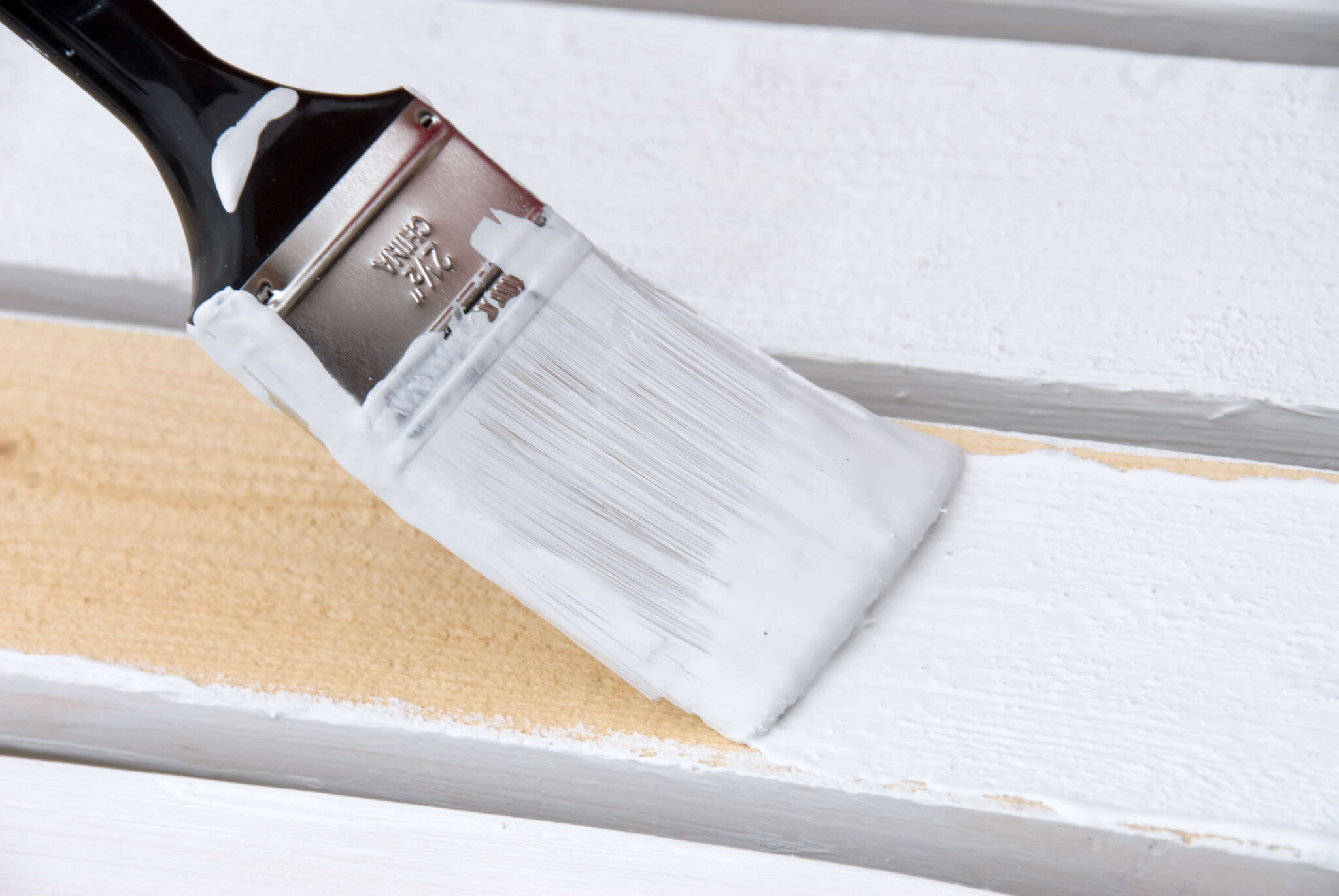
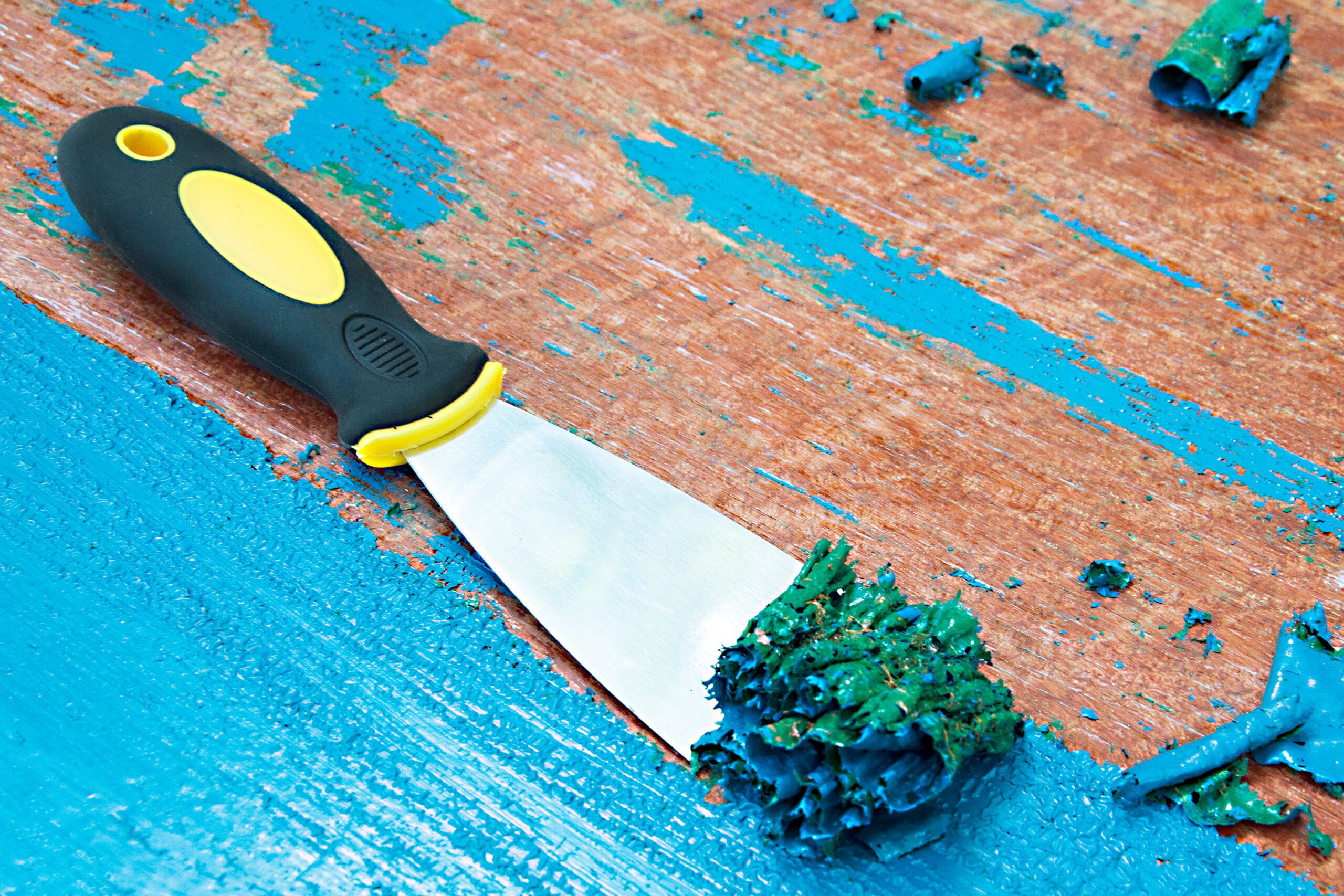
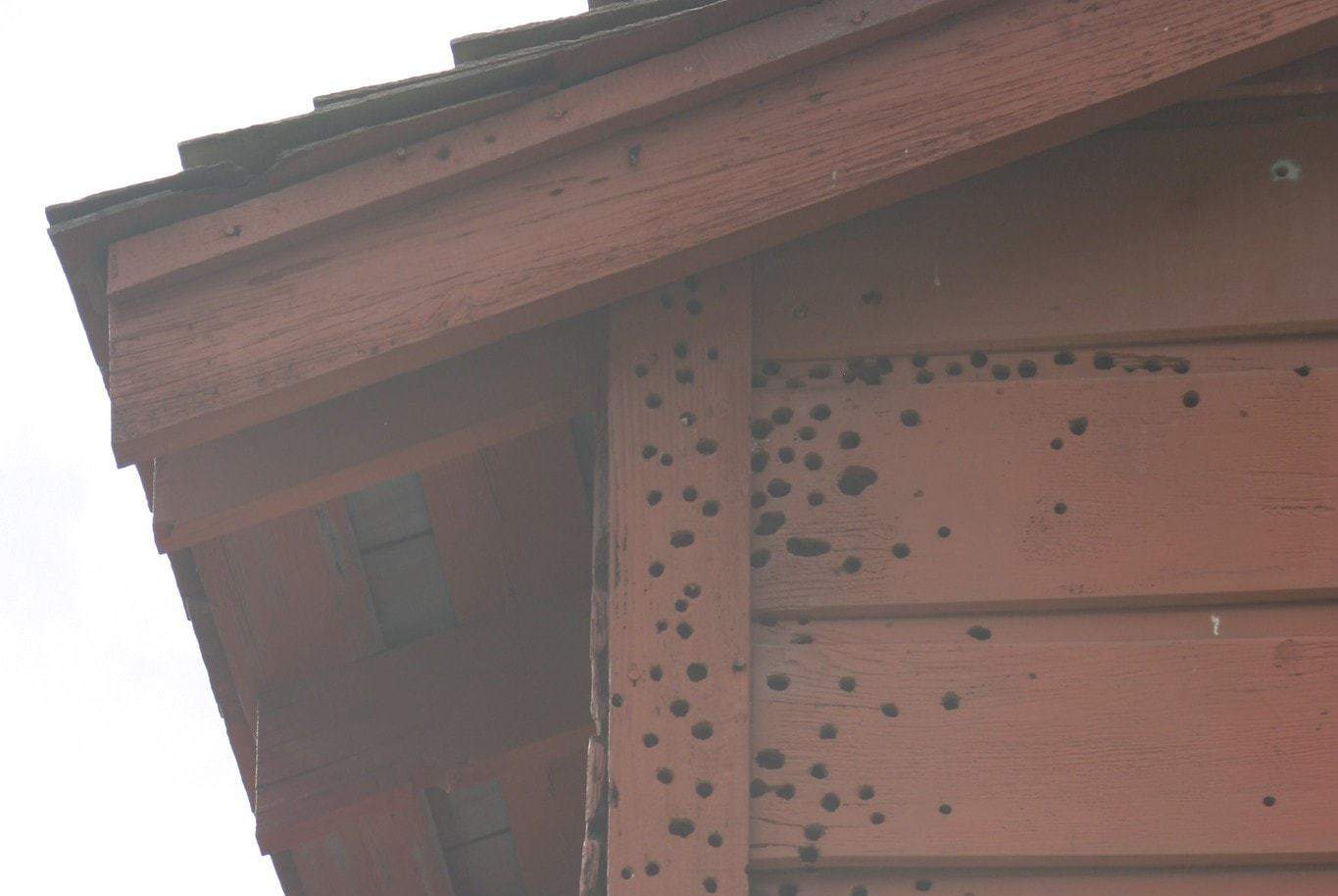
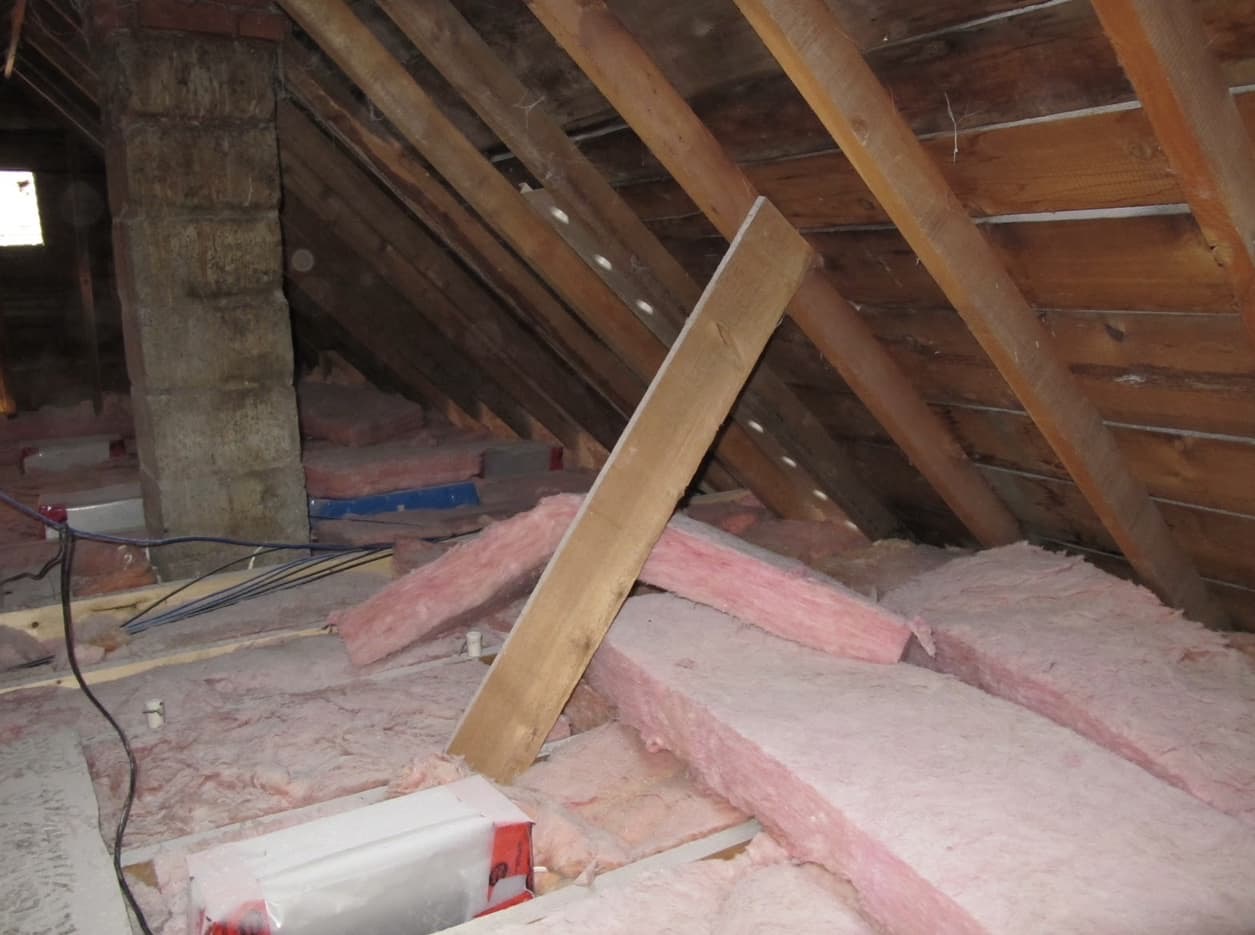
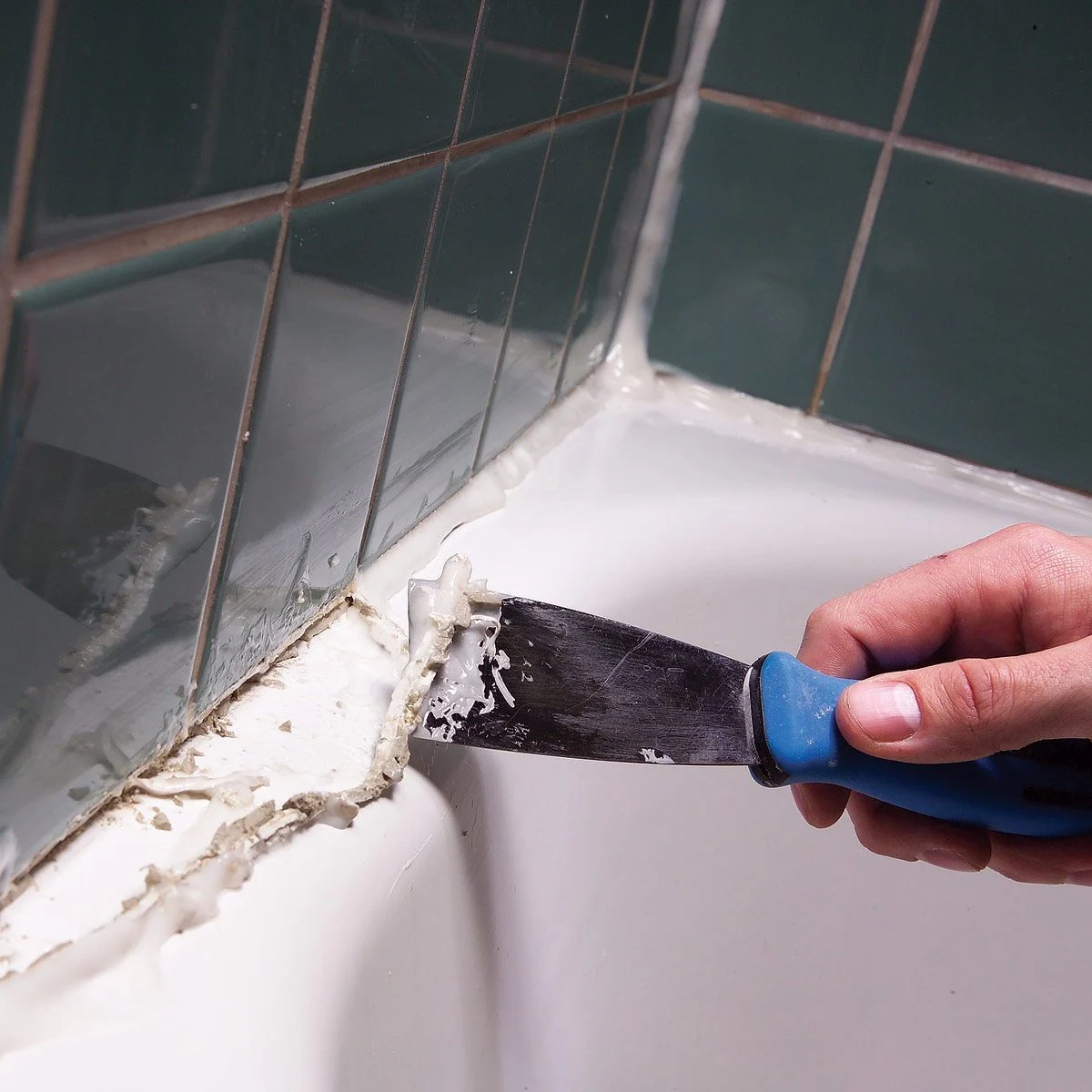
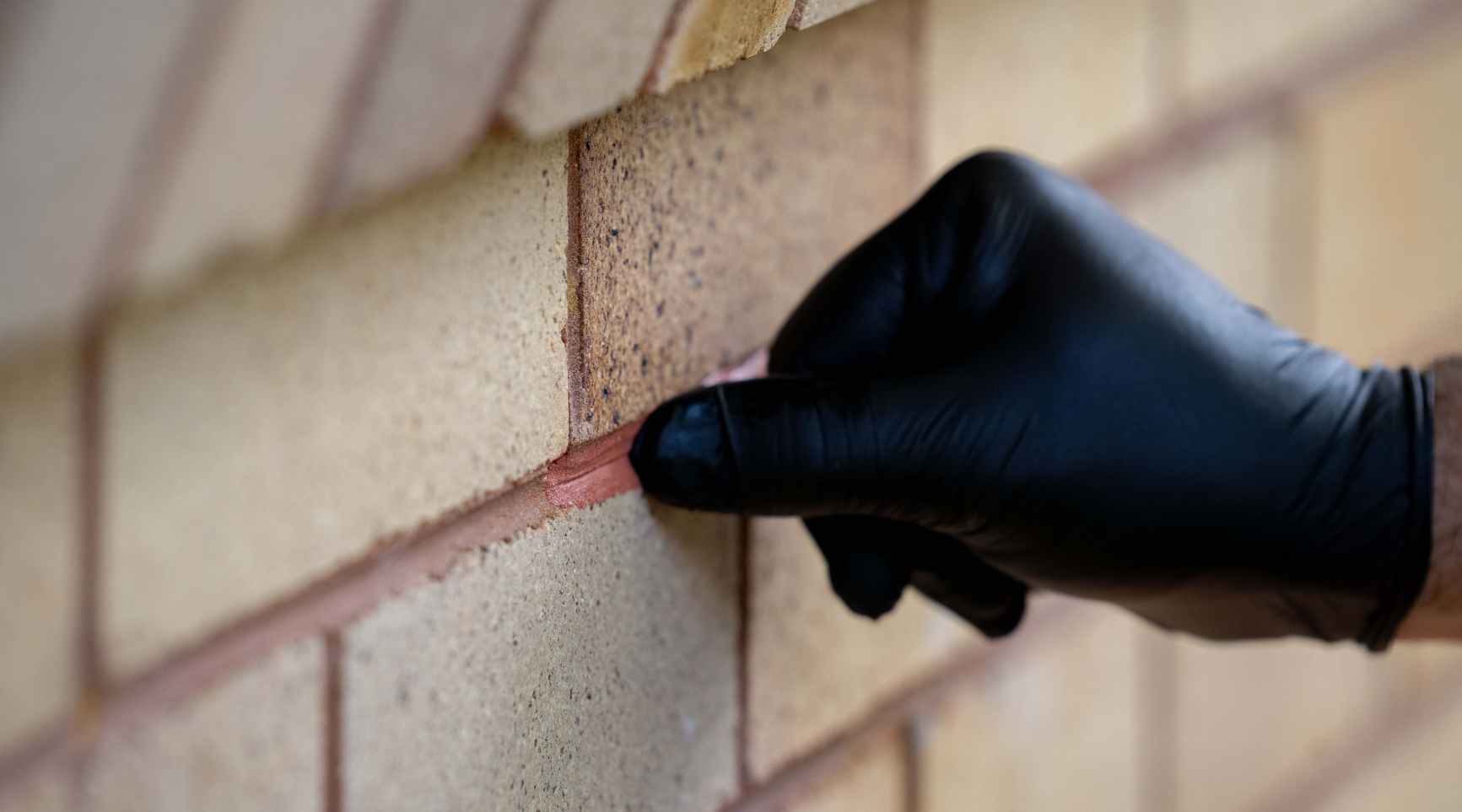
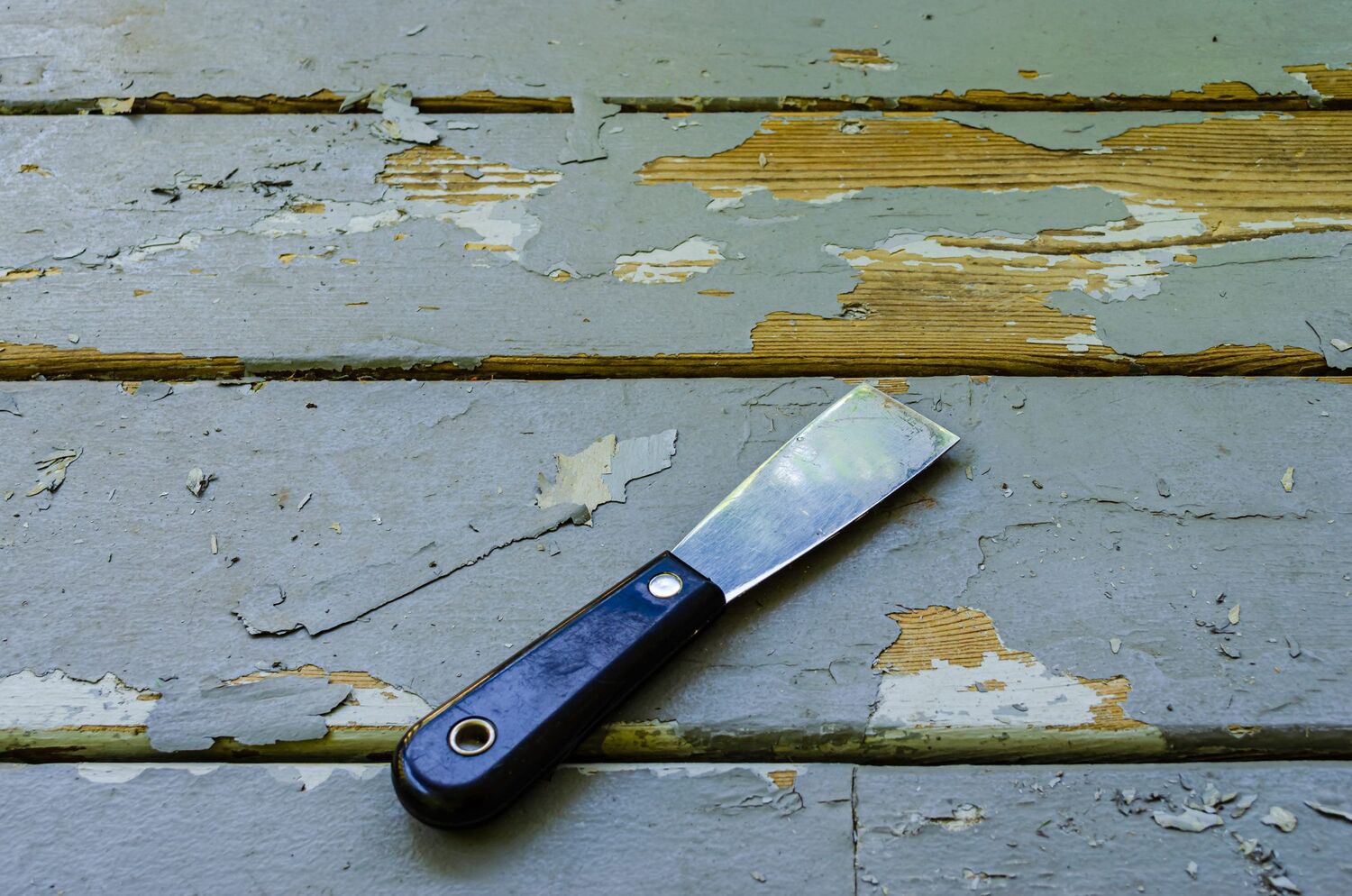

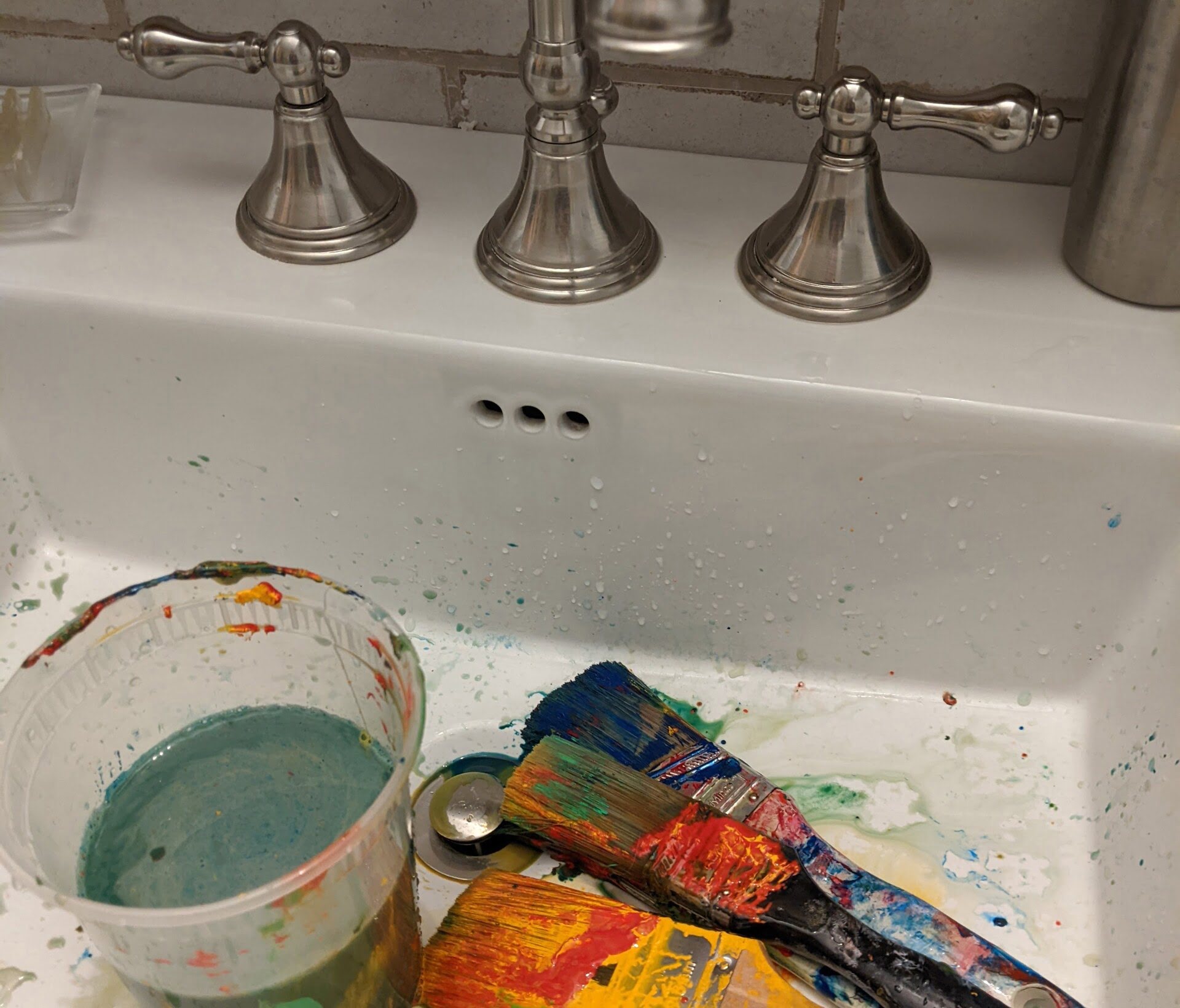
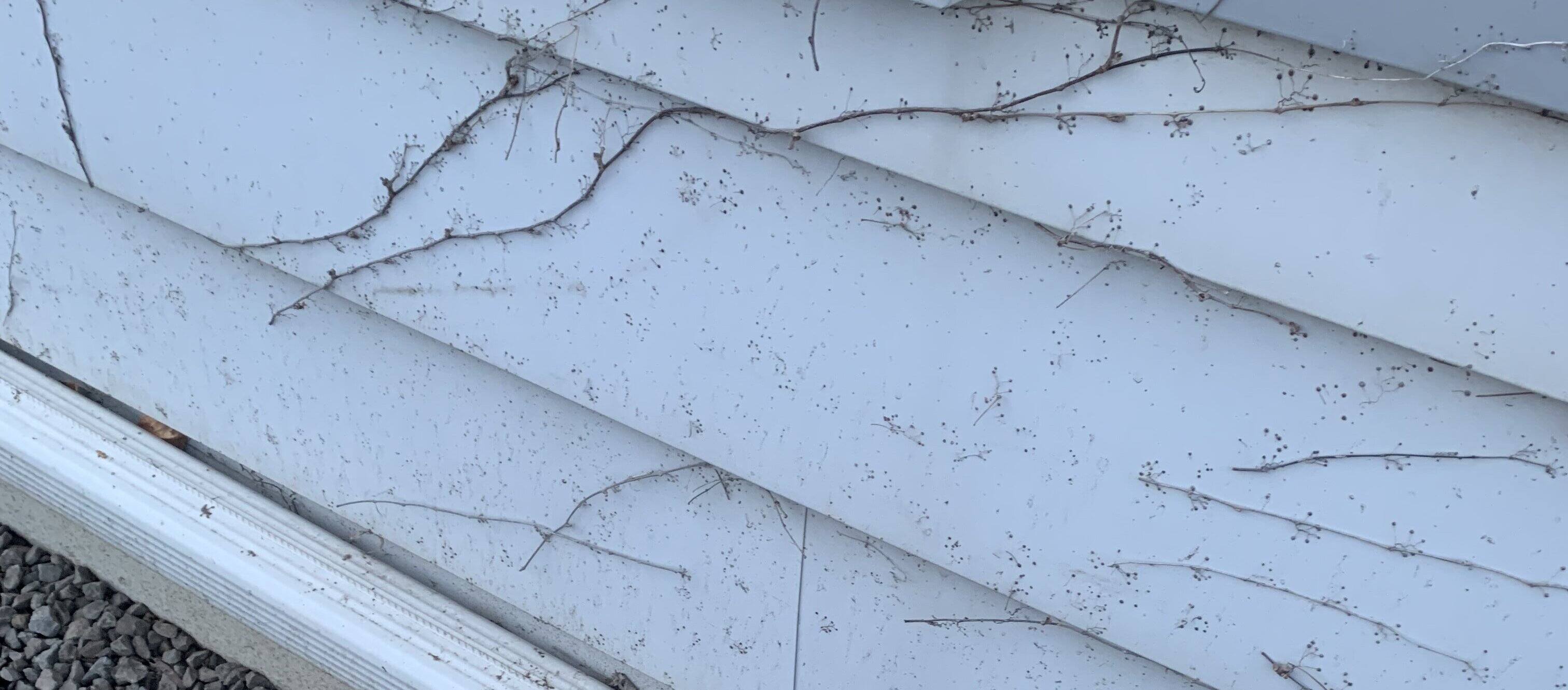
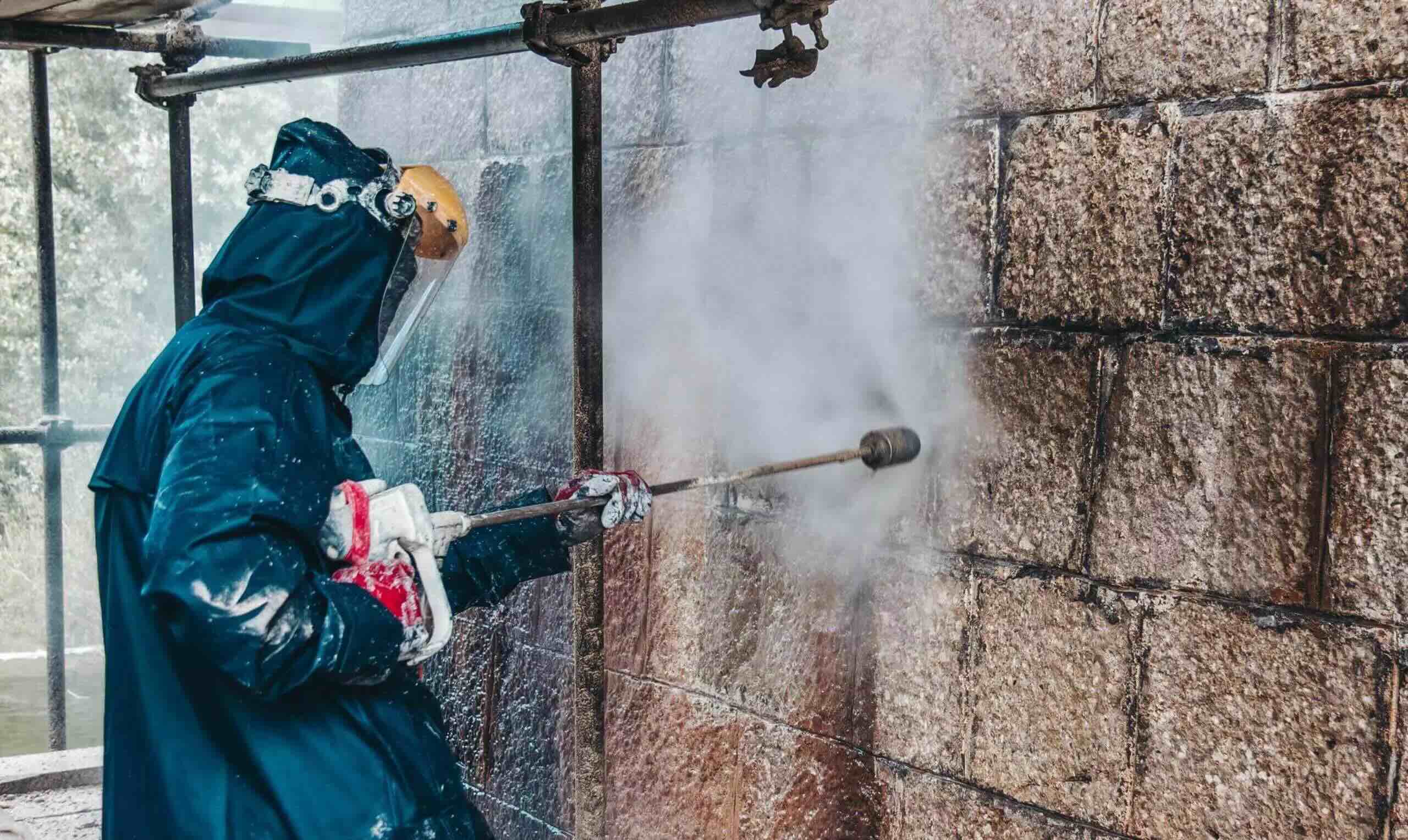
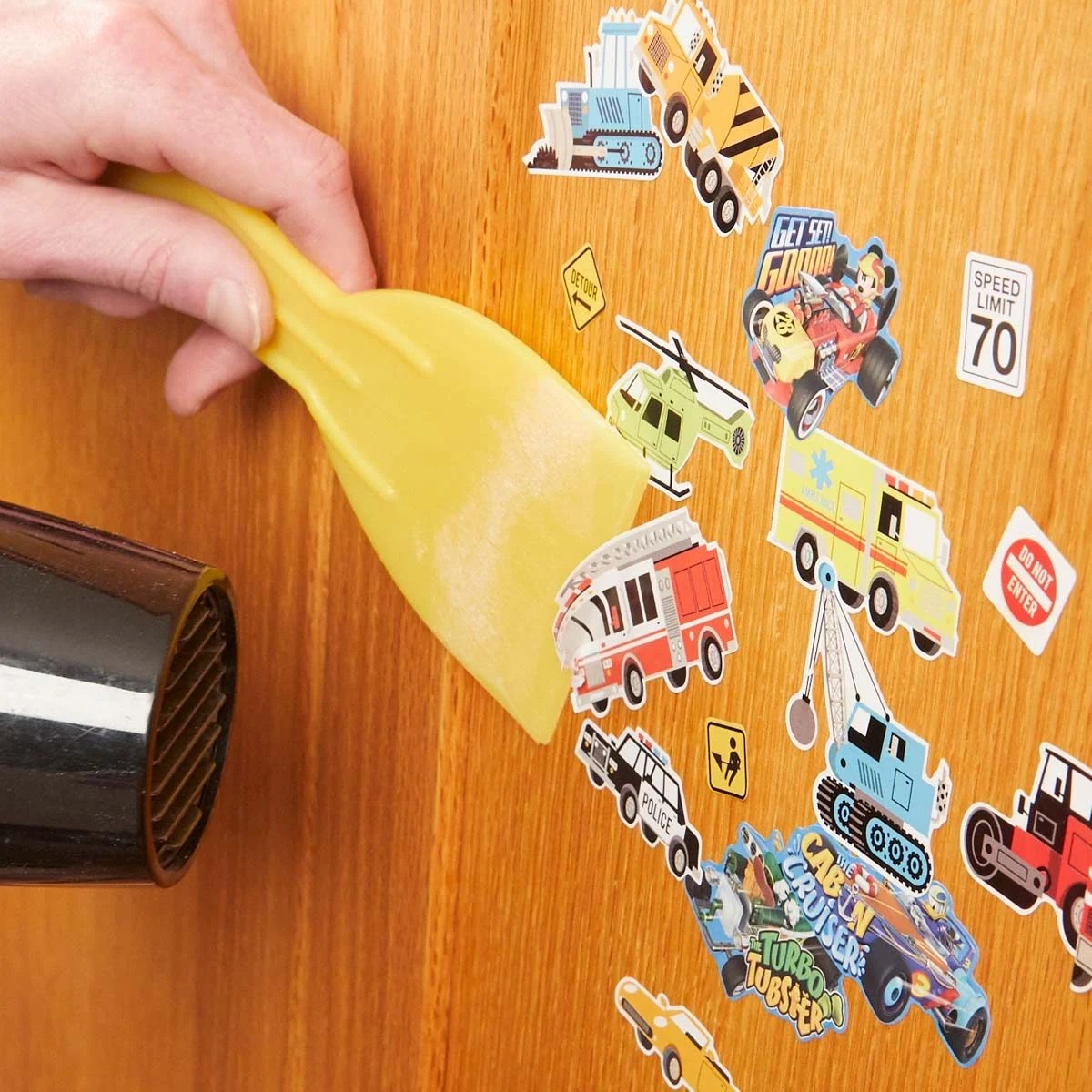
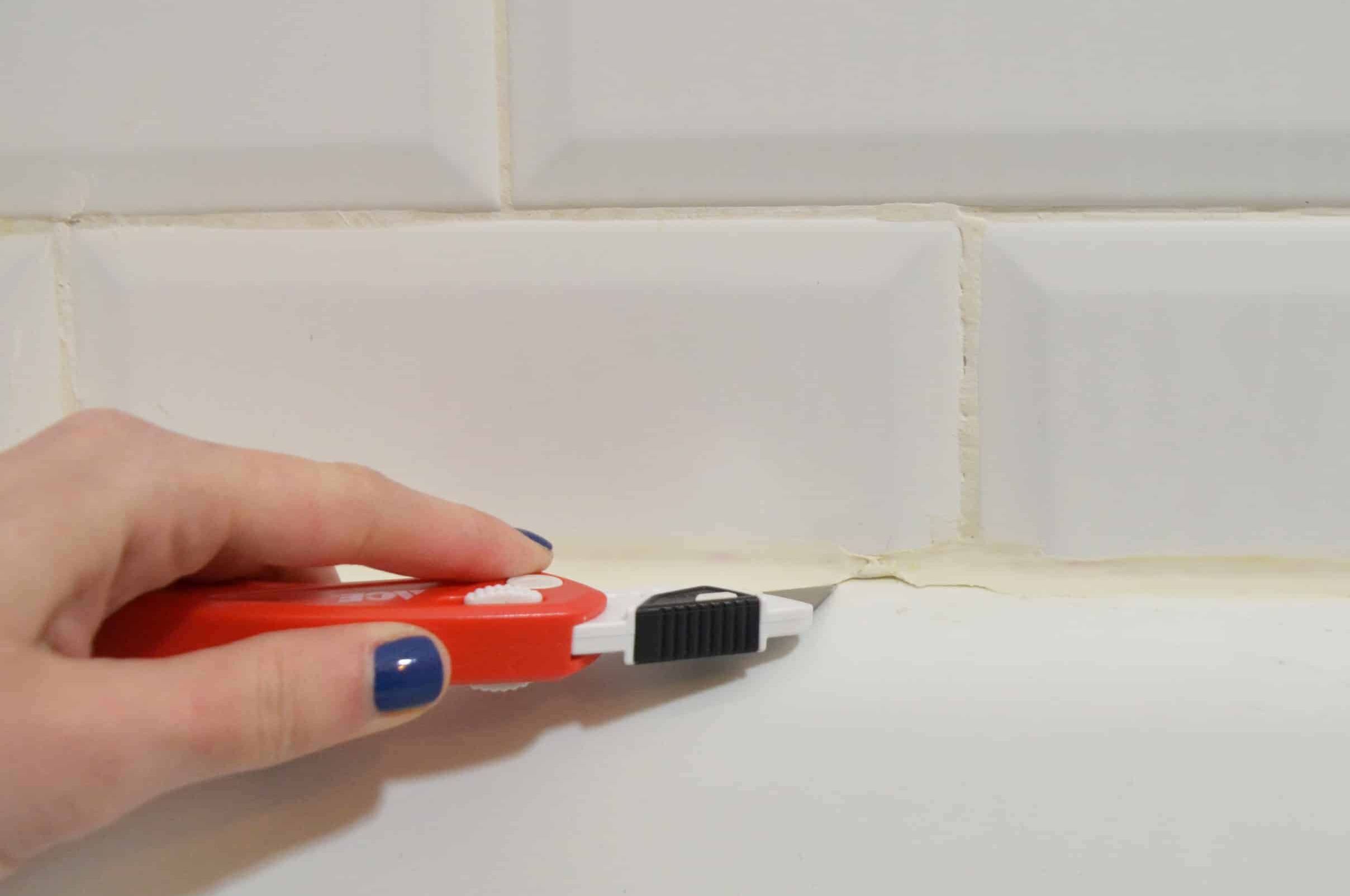
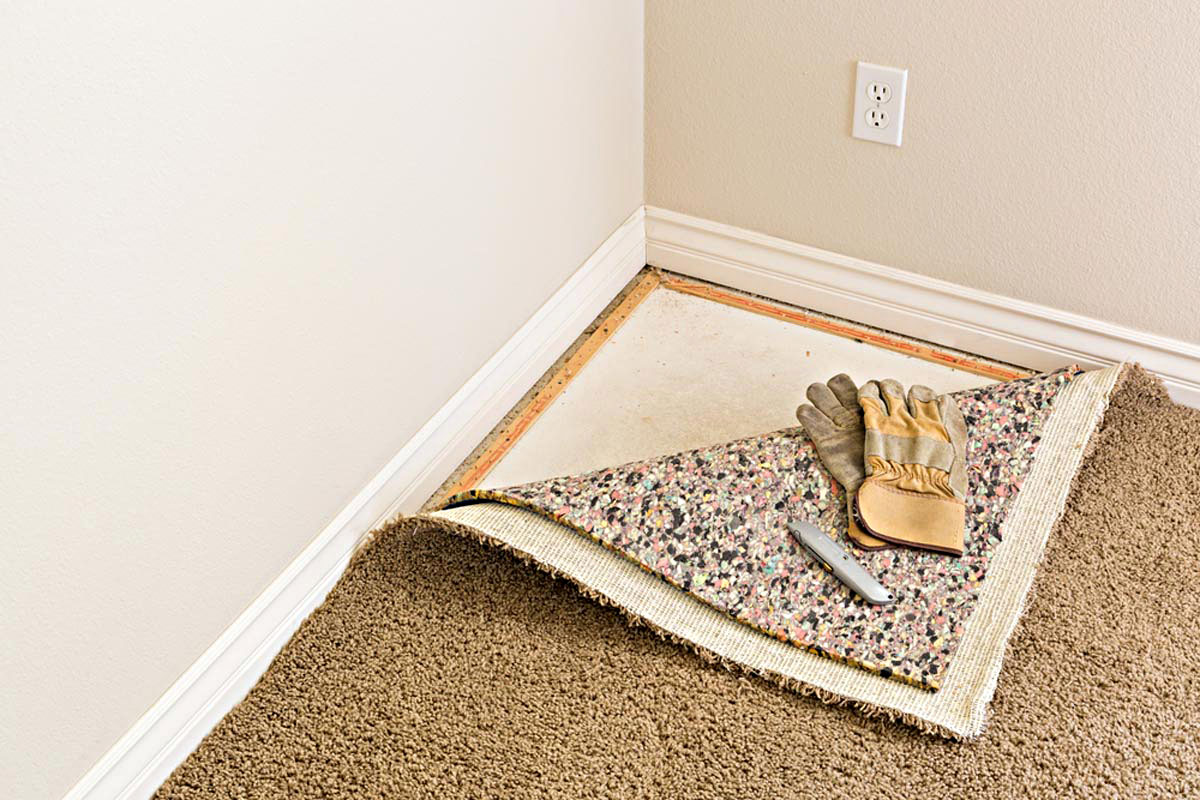

0 thoughts on “How To Remove Old Paint From Wood Siding”